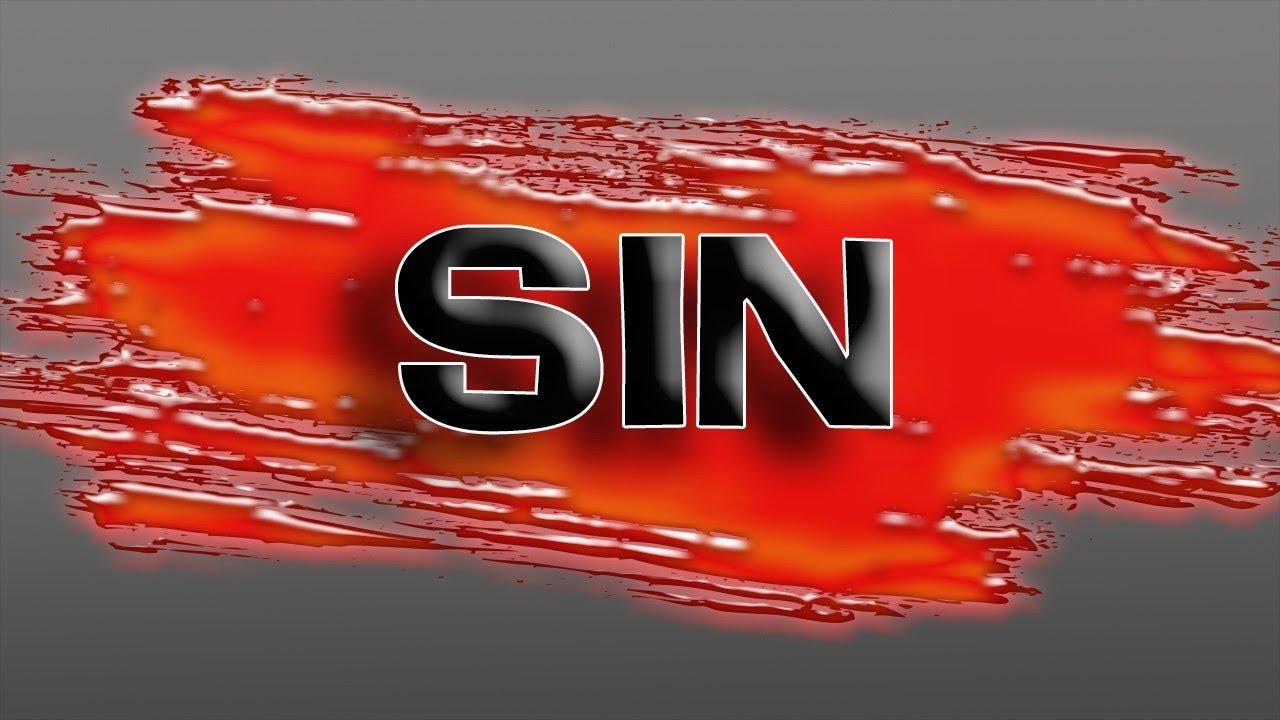Top Strategies to Keep Your Gaming Laptop Cool and Maintain Peak Performance
Introduction
Gaming laptops are engineered for high performance, but this power comes with a heat cost. Prolonged gaming sessions or demanding creative tasks can cause temperatures to soar, reducing performance and potentially shortening hardware lifespan. Keeping your gaming laptop cool is crucial for both performance and longevity. Fortunately, there are practical, effective solutions-ranging from surface selection to advanced cooling accessories and regular maintenance-that can help you manage heat and keep your device running smoothly.
Why Overheating Happens
Gaming laptops pack powerful CPUs and GPUs into compact frames. Because of this, heat builds up quickly, especially during graphically intensive games or heavy multitasking. Poor ventilation, dust buildup, and sustained high loads compound the issue. Overheating can result in thermal throttling (where the processor slows down to prevent damage), system crashes, and hardware degradation over time.
[1]
Choose the Right Surface
The surface you use your laptop on significantly impacts its cooling efficiency. Placing your gaming laptop on soft surfaces like beds, pillows, or your lap blocks ventilation slots and restricts airflow, causing heat to build up rapidly. Instead:

Source: gamingscan.com
- Use a solid, flat surface like a desk or a dedicated laptop table. This allows air to circulate under the device and lets internal fans draw in cool air efficiently.
-
Consider elevating the back of the laptop using a stand or an object to further improve ventilation. Even a small lift can noticeably reduce temperatures. Real-world tests have shown a temperature drop of 4-6°C for both CPU and GPU simply by raising the laptop’s rear.
[3]
For best results, experiment with different surfaces and elevations. Some users find a metal or mesh stand offers both portability and optimal airflow. Avoid using your device on carpet, blankets, or cushioned furniture, especially during gaming sessions.
[4]
Invest in a Quality Cooling Pad
One of the most effective ways to keep your gaming laptop cool is with an external cooling pad. These pads sit beneath your laptop and use built-in fans to direct cool air toward the device’s underside. Key benefits include:
- Enhanced Airflow: Cooling pads improve ventilation by increasing the amount of cool air entering your laptop’s internal fans.
-
Customizable Features:
Modern gaming-specific pads offer high-powered turbofans (3000+ RPM), adjustable fan speeds, and even RGB lighting for aesthetics.
[2]
- Ergonomics: Many pads allow you to adjust the angle and height for comfortable gameplay.
When selecting a cooling pad, look for products with positive user reviews and features tailored to gaming workloads. Premium options may offer temperature sensors and adaptive fan control. Most pads are USB-powered and are compatible with all major laptop brands.
[5]
Implementation Steps:
- Choose a cooling pad designed for gaming laptops, prioritizing high fan speed and build quality.
- Place the pad on a stable, flat surface and connect it to your laptop via USB.
- Adjust the height and angle as needed for comfort and airflow.
- Monitor your laptop’s temperatures before and after use to verify improvement.
If you’re unsure which model to purchase, you can search for “best gaming laptop cooling pads” on reputable tech review sites or visit electronics retailers for recommendations.
Maintain and Monitor Internal Fans
The cooling system inside your gaming laptop-typically a combination of fans and heat pipes-plays a critical role. Dust and debris accumulation can block vents and slow fans, leading to higher temperatures. Here’s how to keep internal cooling in top shape:
-
Regular Cleaning:
Every few months, shut down your laptop and use compressed air to blow dust from vents and fan outlets. If you’re comfortable opening your laptop, clean the fans directly. Always follow manufacturer guidelines, as improper cleaning can damage components.
[4]
- Monitor Fan Performance: Many laptops provide software tools (sometimes pre-installed by the manufacturer) to check fan speeds and system temperatures. Third-party utilities like HWMonitor or SpeedFan can also display this information. Listen for rattling or silence-either can indicate a failing fan.
- Seek Professional Help If Needed: If your laptop continues to overheat despite cleaning, or if you suspect a fan has failed, consult a certified technician or authorized service center for repairs.
Regular maintenance not only prevents overheating but can also extend your laptop’s usable life.
Replace Thermal Paste for Optimal Heat Transfer
Thermal paste, applied between the CPU/GPU and their heatsinks, facilitates heat transfer. Over time, this paste can dry out and lose effectiveness. Replacing it can significantly improve cooling, especially in older laptops:
- Replacing thermal paste is an advanced procedure and may void your warranty-check your device documentation first.
- If you’re comfortable with electronics repair, you can purchase high-quality thermal paste and follow manufacturer-approved guides or video tutorials.
- Alternatively, take your laptop to a professional repair shop for service.
Many users report lower CPU/GPU temperatures and more stable gaming performance after a fresh application of thermal paste.
[1]
Adjust In-Game and System Settings
Software tweaks can also help manage heat output:

Source: ricksdailytips.com
- Lower Graphics Settings: Reducing resolution, frame rate, or quality settings in games decreases the workload on your GPU, resulting in less heat.
- Enable V-Sync or Frame Rate Caps: These features prevent your GPU from rendering more frames than your display can show, reducing unnecessary heat generation.
- Power Profiles: Switch to balanced or power-saver modes during less demanding tasks to lower temperatures.
For specific guidance, refer to your laptop manufacturer’s support site or gaming community forums to find recommended settings for your hardware model.
Provide Downtime and Optimal Room Conditions
Avoid running your gaming laptop at full load for extended periods without breaks. Schedule rest periods, especially during marathon gaming sessions. Additionally, keep your gaming environment cool by using air conditioning or fans and avoiding direct sunlight, which can raise ambient temperatures and stress your laptop’s cooling system.
[1]
Advanced and Alternative Approaches
Some advanced users experiment with external fans, custom cooling modifications, or even liquid metal thermal compounds for maximum heat transfer. These methods can offer significant performance gains but require expertise and may void warranties. Always research your specific laptop model and consult with professionals before attempting any modifications beyond regular cleaning and cooling pad use.
Summary: Key Takeaways
Keeping your gaming laptop cool requires a multi-faceted approach:
- Always use your laptop on a solid, flat surface and elevate the back for better airflow.
- Invest in a high-quality cooling pad tailored for gaming workloads.
- Regularly clean internal fans and vents to prevent dust buildup.
- Replace thermal paste periodically for optimal heat transfer-seek professional help if unsure.
- Adjust in-game and system settings to reduce unnecessary heat output.
- Allow your laptop rest during long sessions and keep your room cool.
By following these steps, you can extend your gaming laptop’s lifespan, enjoy smoother performance, and avoid the frustration of unexpected thermal throttling or shutdowns. For further advice, consult your laptop manufacturer’s official support resources or seek out trusted electronics service professionals.
References
- [1] RFA (2025). Best Way to Keep Laptop Cool with Simple Smart Tips.
- [2] HP (2025). Ultimate Guide to Laptop Cooling Pads for HP Gaming Laptops.
- [3] YouTube (2024). Top 9 Hacks to Keep Your Gaming Laptop COOL!
- [4] CyberPowerPC (2024). How to Keep Your Gaming Laptop Cool.
- [5] Digital Trends (2024). How to keep your gaming laptop cool.



